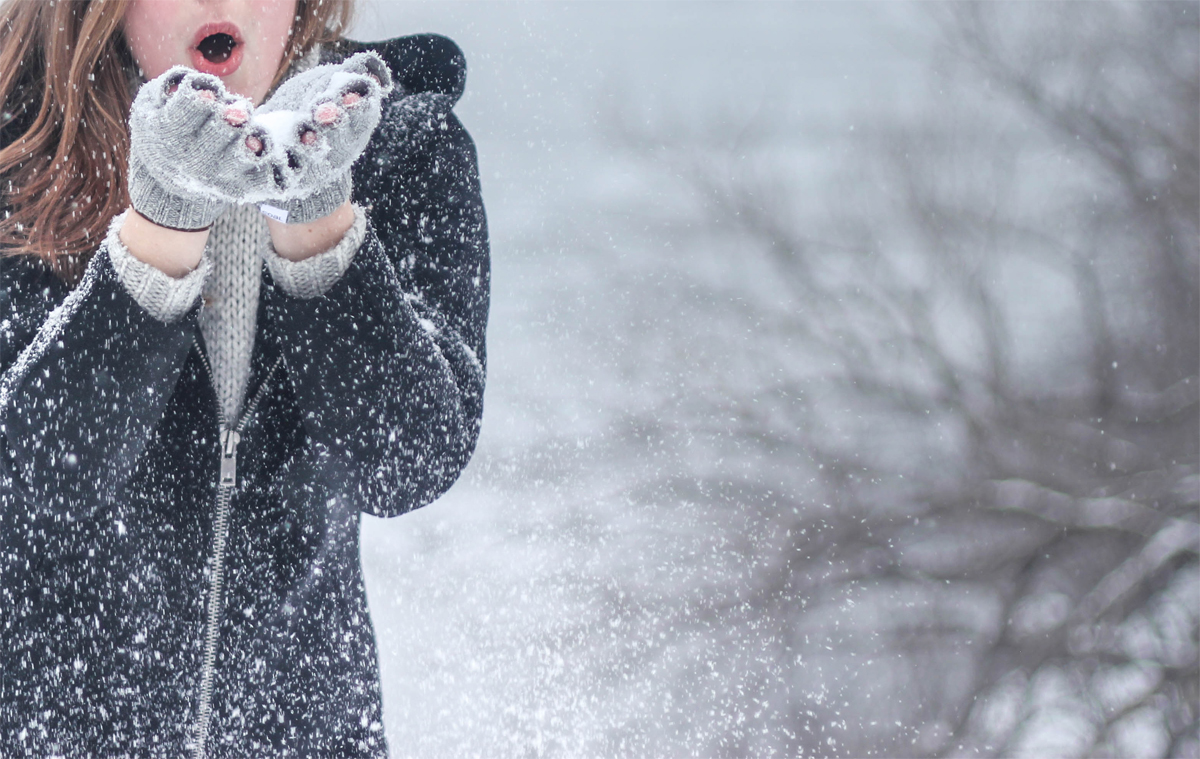
Winter Allergy Triggers: Is It Allergies or the Common Cold?
The days are shorter, the nights are colder, and those with pollen allergies are breathing a sigh of relief.
Many seasonal allergy sufferers look forward to winter, as the decreased pollen production means relief from their allergy symptoms. For those sensitive to indoor allergens like mold, pet dander, and dust mites, however, the colder weather doesn’t bring the same sense of relief. In fact, the winter season may cause an uptick in symptoms for these patients as the cold weather often means more time spent indoors – and that leads to increased exposure to certain allergens.
Those experiencing a winter allergy often have symptoms such as congestion, runny nose, and itchy, watery eyes. Due to the weather and these particular symptoms some people may wonder:
Is it allergies, the flu, or a cold?
Many of the symptoms of a cold, seasonal allergies, and the flu virus are shared, which can make it confusing to tell the difference between the three. Better understanding the unique symptoms of each can be helpful for determining whether you should make an appointment with your primary physician or your allergist – or if you should pick up over-the-counter cold medication. Here’s what you should know about the symptoms:
- Having a fever and body aches is most common with the flu. While you may experience a fever or body aches with a cold, you would never see these symptoms with allergies.
- If your symptoms last longer than three weeks, the cause is likely allergies. A cold usually lasts up to 14 days and the flu may last from 1 to 3 weeks.
- Sneezing is a more prominent symptom of allergies.
- Itchy eyes are uncommon with a cold or the flu, but are often a symptom of allergies.
If the cause of your symptoms appears to be allergies, you’re probably on the lookout for tips on minimizing exposure to allergens. Here’s what we recommend:
Get tested for allergies. If you don’t already know what you are allergic to, it’s time to make an appointment for allergy testing. When you know the exact cause of your symptoms (whether it be dust, pet dander, or something more unusual), you can create a much more targeted approach to clearing allergens from your environment.
Check for mold. Mold grows in damp environments, such as your bathroom or basement. Check these areas for mold growth and remove any sources of standing water. You can kill the mold you find with a mixture of 1-quart water and 1/2 cup bleach.
Try a salt water spray. During the winter, your nose can dry up in the same way that your skin does due to the cold, dry air outside and the warm, dry air inside. This drying out can cause some people to be more prone to nosebleeds in the winter. To prevent this, use salt water sprays or nasal gels. You can also use Vaseline to line the inside of the nose and keep it moist.
Do a deep clean. The best way to remove allergens from your home is with a thorough cleaning. In addition to getting an air purifier with a HEPA filter to remove allergens from the air, you should also install filters on the vents in your home. You should also vacuum and dust your home at least once per week (be sure to clean carpets, rugs, and any upholstery that collects allergens). Use a damp cloth when dusting to trap allergens instead of sending them flying into the air around you and wash your bedding and linens in hot water to kill dust mites.
If you have any questions about managing your allergies, don’t hesitate to reach out to us. We are here to help! Feel free to give us a call at 212-729-1283 or email us at info@hudsonallergy.com.

